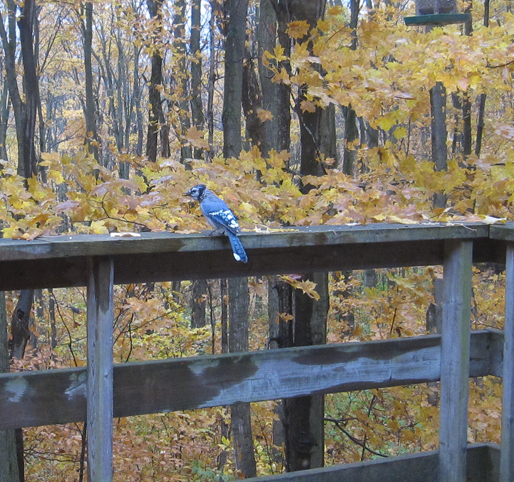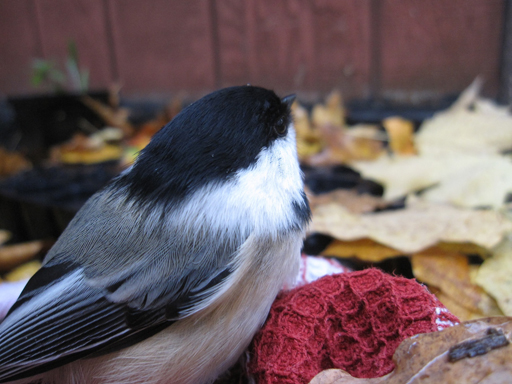Feed the Birds…
…tuppence a bag. When my kids were younger, treat they watched Mary Poppins. And while a life lesson in saving money probably wasn’t the first thing they learned, I certainly gained some important insight into priorities.
Feeding the birds is a good way to spend your money. Not only are you helping the local wildlife, you are providing for yourself enjoyment and an opportunity to learn. Perhaps, too, it’s not just yourself who will benefit but your kids, grandkids, spouse, parent, or friends.

Feeding the birds becomes more than putting out a feeder or two. If you make it a hobby (however small or large), you will begin to provide them with more than just seeds: you will plant for them, too.
Plant for the Birds
When planting for the birds, use native plants that produce seeds, berries, or other edible fruits.
Berry Producers
• Elderberries (Sambucus spp.)
• Serviceberry/Saskatoon berry (alnifolia)
• Dogwood (Cornus stolonifera and Cornus alternifolia)
• Raspberries (the native ‘black raspberry’ is popular with the birds – Rubus occidentalis)
• Nannyberry (Viburnum lentago)
• Blueberries (Vaccinum corymbosum)
• Crabapple trees (Malus coronaria)
• Cranberry (Viburnum trilobum)
Seed Producers
• Coneflower (Echinacea spp.)
• Black-eyed Susan (Rudbeckia hirta)
• Cup/Compass plant (Silphium spp.)
• New England aster (Symphyotrichum novae-angliae)
• Tickseed (Coreopsis spp.)
• Beebalm (Monarda fistulosa or Monarda didyma)
• Northern seaoats (native grass for part-shade- Chasmanthium latifolium)
• Big bluestem (native grass for sun – Andropogon gerardii)
When you put in plants for birds, it’s not just about food. It’s about shelter and nesting opportunities. Try to include some evergreens (Common Juniper – Juniperus communis and Balsam Fir – Abies balsamea are popular with the birds).
Feeding the Birds
If you’re just starting out or don’t have a place to plant for the birds, make sure you’re matching the seed to the feeder and the feeder to the bird. Most feeders will come with a list of seed that should be used in that feeder – if you don’t match them up, it’s likely the birds will have a hard time getting at the seed. The Cornell Lab has a great resource to guide you through these basics.
Think about the birds you already have in the area and start there. Bird Studies Canada and The Cornell Lab has an AMAZING resource that I encourage you to check out. You can choose your region, the seed type, and the feeder design and it will give you a list of the birds you wish to attract. Alternatively, you can click on specific birds and it will give you all of that information.
So whether you want to attract certain birds or just have an idea which birds you’re attracting, this online resource is extremely helpful. It may also help you narrow down the birds you’re seeing at the feeder if you’re not a bird expert.
Check out the Food and Feeder Preferences of Common Feeder Birds online resource and play around with it.
Some Important Information
There are two very important aspects of birding that novice birders may not think about. You NEED to think about this though.
Placing Feeders: Jody Allair of Bird Studies Canada says you should place your feeders within three feet of a window or further than 30 feet. Fatal window strikes increase dramatically when feeders are placed in that interior 27 feet. Feeders placed within 3 feet don’t allow the bird to gain adequate momentum if it does happen to fly into a window and past 30 meters, birds are less likely to perceive the window as a flyable corridor.
Hygiene: Bird feeders should have good drainage and good overhead coverage if possible. Pooling water is an invitation for mouldy seeds and bacterial growth from bird droppings, dead insects, or just about anything else, really. Keeping the seeds dry is important.
You should also be cleaning your feeders every time you refill them and, if possible, buying glass feeders over plastic. Glass is easier to keep clean and tends to withstand winter better. Some feeders that allow a bird to perch and poop in the feeder can become a breeding ground for disease. Other feeders rely on birds feeding in close quarters with one another (tube feeders, for example) and this can spread diseases from one bird to another through saliva.
Final Words
Like I said last week, I’m becoming a birder. It has been a fun journey and not only have I met some amazing people doing some amazing things for our birds, I have learned so much about how my gardening habits affect bird communities. Get a feeder, get some seeds, and start birding today.

Oh, and if you find you’re falling in love with those flittery little creatures, check out Project FeederWatch…another Bird Studies Canada campaign.



